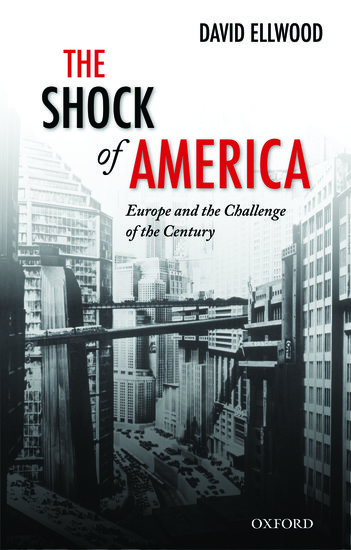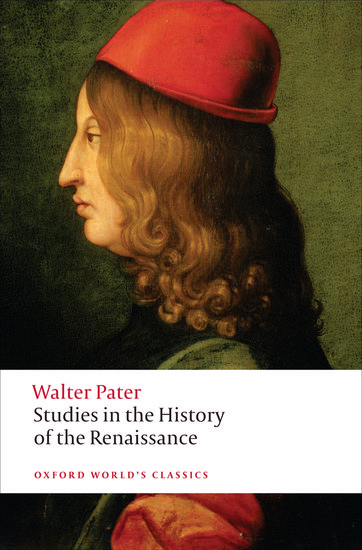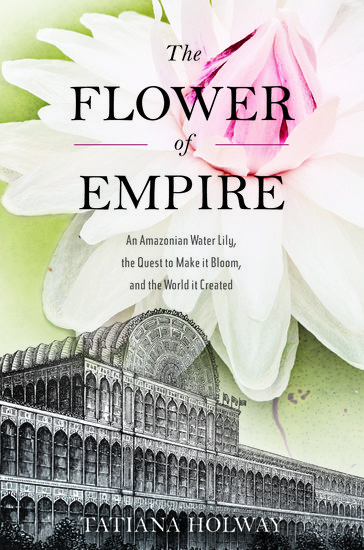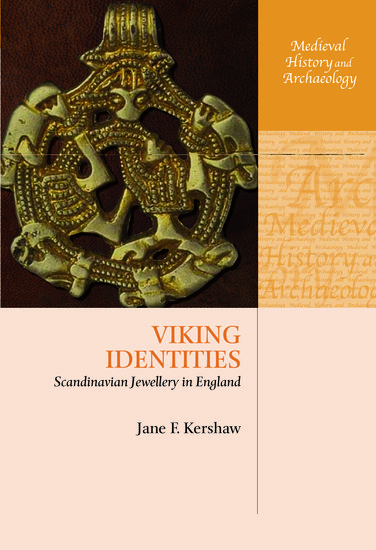New York City goes underground
By Joseph B. Raskin
Service on the first route of the New York City subway system began 109 years ago today, on 27 October 1904. The occasion was marked by ceremonies in City Hall, led by George A. McClellan and representatives of the Interborough Rapid Transit Company (IRT), the operators of that line. Mayor McClellan saw the opening of the subway as the beginning of a new era for the greater city.










